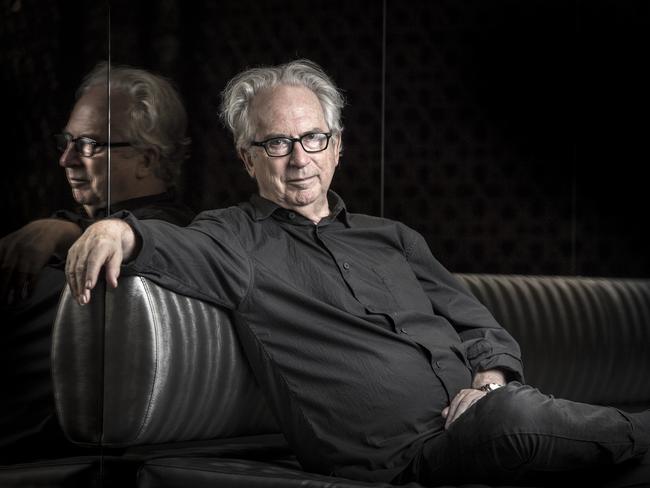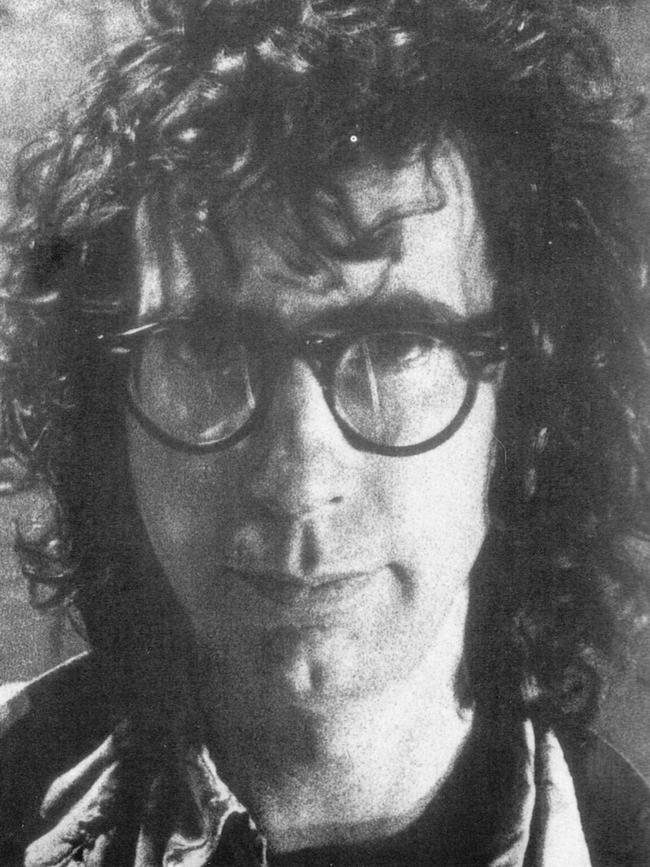The true history of Peter Carey’s book about Ned Kelly
Author Sarah Krasnostein examines Peter Carey’s utterly unique book about the outlaw, Ned Kelly.

In 1943, when Peter Carey was born in the small town of Bacchus Marsh, 53 kilometres west of Melbourne, Australians were British subjects, not yet recognised as citizens of their own country. Had Ned Kelly lived long like his mother, he would’ve been eighty-eight that year. His brother Jim was still living near the original Kelly selection at Eleven Mile Creek in north eastern Victoria, where family shielded him from press and other visitors.
“Many lies have been written about Ned Kelly,” a relative said. “It is no good going back into the past and asking the old man for his memories.”
■ ■ ■
For many years, I thought the opening line of Gabriel Garcia Marquez’s One Hundred Years of Solitude could not be bettered for perspective and propulsion:
Many years later, as he faced the firing squad, Colonel Aureliano Buendía was to remember that distant afternoon when his father took him to discover ice.
But then I started Peter Carey’s True History of the Kelly Gang:
I lost my own father at 12 yr. of age and know what it is to be raised on lies and silences my dear daughter you are presently too young to understand a word I write but this history is for you and will contain no single lie may I burn in Hell if I speak false.
Unlike Marquez, who was left as a newborn to be raised by his grandparents, Carey spent his first eleven years with his parents in Bacchus Marsh. Then he was sent to board at Geelong Grammar. Both opening lines, however, are about fathers and children, reaching towards someone who is absent, the past in the present. Ned Kelly “wanted land and horses, and a place where he could exist”, Carey explained to The New York Times when True History came out. “And of course that’s me. All my books are full of people wanting homes.”
■ ■ ■
State Library Victoria is Australia’s oldest public library and one of the world’s first free libraries. It opened in 1856 to anyone over fourteen who could demonstrate that they had clean hands. In the forecourt, in front of the stairs, a statue of Redmond Barry stands between St George and Joan of Arc: ‘ERECTED BY A GRATEFUL PUBLIC TO PERPETUATE THE MEMORY OF INVALUABLE SERVICES RENDERED TO VICTORIA BY SIR REDMOND BARRY DOCTOR OF LAWS AND A JUDGE OF THE SUPREME COURT ’.
We are selective with perpetual memory, as we are with our definition of “clean hands”, and whom we take to be our judges. But sometimes that works in unintended ways. Barry’s memory will be forever tied to Kelly, whom he sentenced to die and whose postpartum mother he had previously sentenced to three years’ hard labour.
■ ■ ■

“I am a Widow’s Son, outlawed and my orders must be obeyed.” I had earlier spread out before me the petite pages of the Jerilderie Letter — as yellowed and delicate as potato chips — in their plastic pockets. They were then restored to their bespoke green archival box, which I am pushing in a metal trolley through back corridors of the library like a baby in a pram. In front of me is an archivist pushing drafts of Carey’s True History in white-grey archival boxes, the colour of ghost gums. After returning the letter to its safe, we walk the other materials silently down the length of the Herald and Weekly Times Newspapers Reading Room, which ends in an atrium where Kelly’s bullet-dented armour stands in a display case like a disembodied knight.
When Carey wrote True History, the library had not yet acquired the Jerilderie Letter. Now both the letter and the drafts of the book — a fictionalised version of that letter kept in that library — have made their home in the actual building. Before I open the Carey boxes, a library employee tells me about the ghosts said to haunt these halls. But they are not the ghosts I am immediately concerned with.
In the quiet room, with the light streaming through the window on my right and Kelly’s bullet-dented helmet through the glass door on my left, I trace the course of Carey’s creation. It is unexpectedly moving to pick up his typed chronology of events. Its red plastic paperclip is not so different from the metal one that once held together the Jerilderie pages, which will bear the indent of that tight and rusted coil until they disintegrate entirely.

Interestingly, early drafts open with Kelly berating himself for his failures towards his father, displacing the pain of that stunted relationship into a busily self-castigating narrative rather than the truer, but more initially devastating, one of unmet need and longing.
Kelly’s voice in its fullest flight does not emerge until the final draft. Once the book’s architecture was solid, tiny adjustments at the sentence level had the sublime effect of refracting light. The narrative consciousness of the book — Ned’s — became less a voice that could’ve belonged to Jack Maggs the faux footman, and became itself only. As the drafts progress, the pages of explanatory framing vanish, Ned’s symptomatic self-flagellation disappears, his grammar subsides, punctuation attenuates and the lyrical darlings are killed, until Carey’s Kelly seems to stride out from the page, refusing to betray himself — or his younger self — and I have to close my burning eyes in that streaming light for an unexpectedly long moment.
■ ■ ■

I bury the manuscripts back in their boxes, pack my bag. Retrace my steps through the belly of the building I first visited shortly after moving here, still just a kid, back when it housed the Melbourne Museum’s dinosaurs and big cats frozen mid-roar. I go down the front steps, where the sun paints the students and young people moving everywhere in pairs and groups, none of their combinations Anglo only. Clanging trams are swallowed down Swanston Street, where they will pass Hamer Hall and the state funeral for Uncle Jack Charles, underway at this moment.
This is an edited extract from On Peter Carey by Sarah Krasnostein, part of the Writers on Writers series published by Black Inc. in partnership with State Library Victoria and the University of Melbourne

To join the conversation, please log in. Don't have an account? Register
Join the conversation, you are commenting as Logout